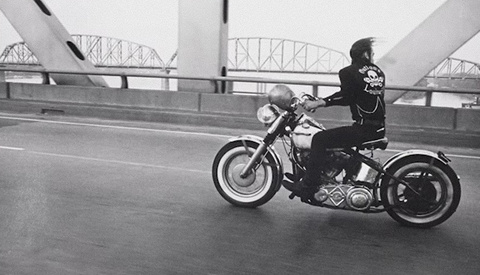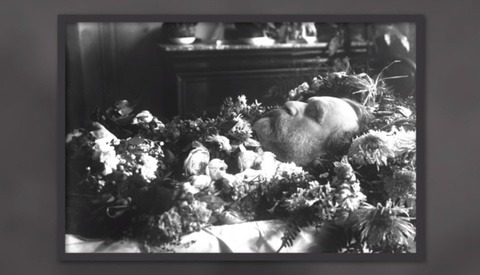The World's Largest Film Camera Redefines Mobile Photography
The phrase “go big or go home” seems to take on a special significance with photographer Dennis Manarchy. Obsessed with the concept of scale and the possibilities of working with massive negatives to create portrait images more than two stories high, he and his team have created a 35-foot view camera, the world’s largest film camera. The project, nicknamed “Butterflies and Buffalo”, aims to use the traveling view camera as a conduit for documenting more than 50 of the unique cultures in America.





























